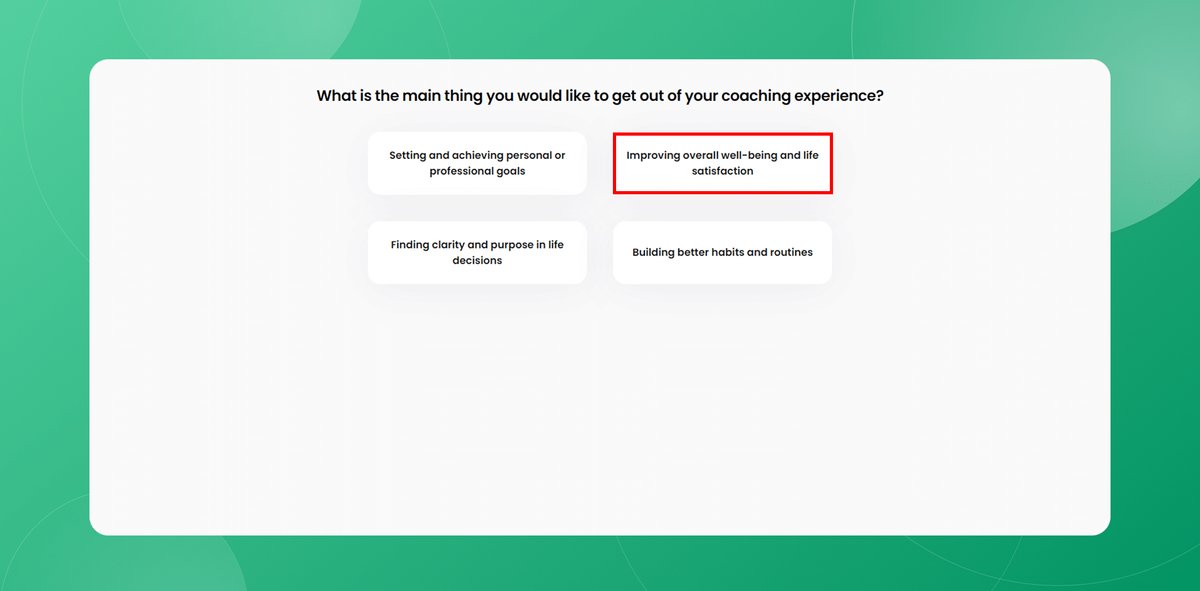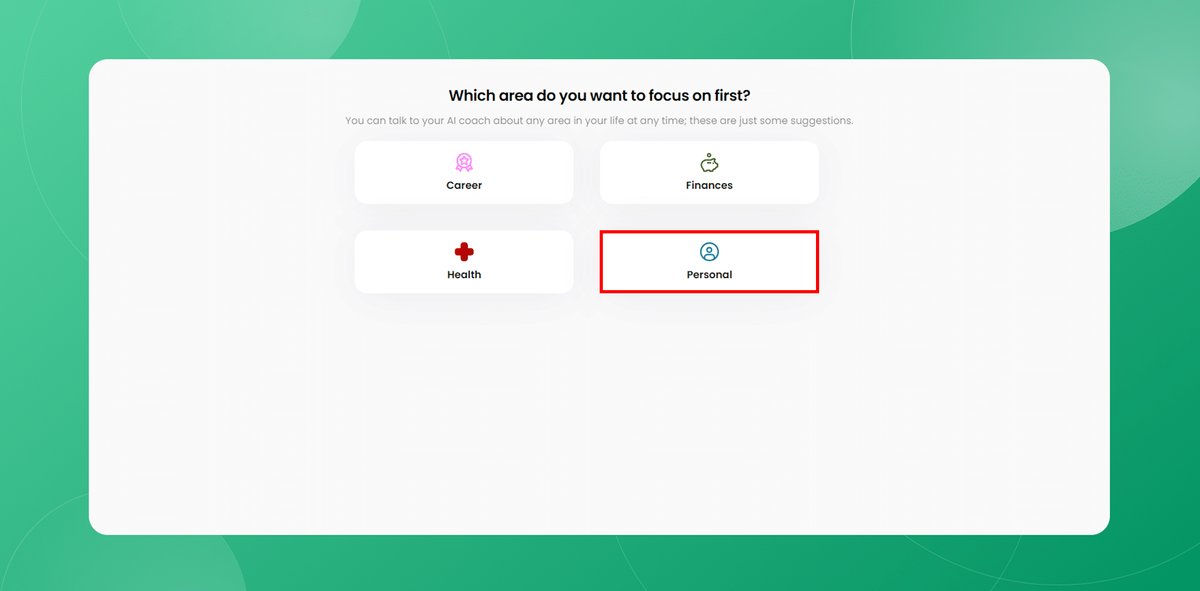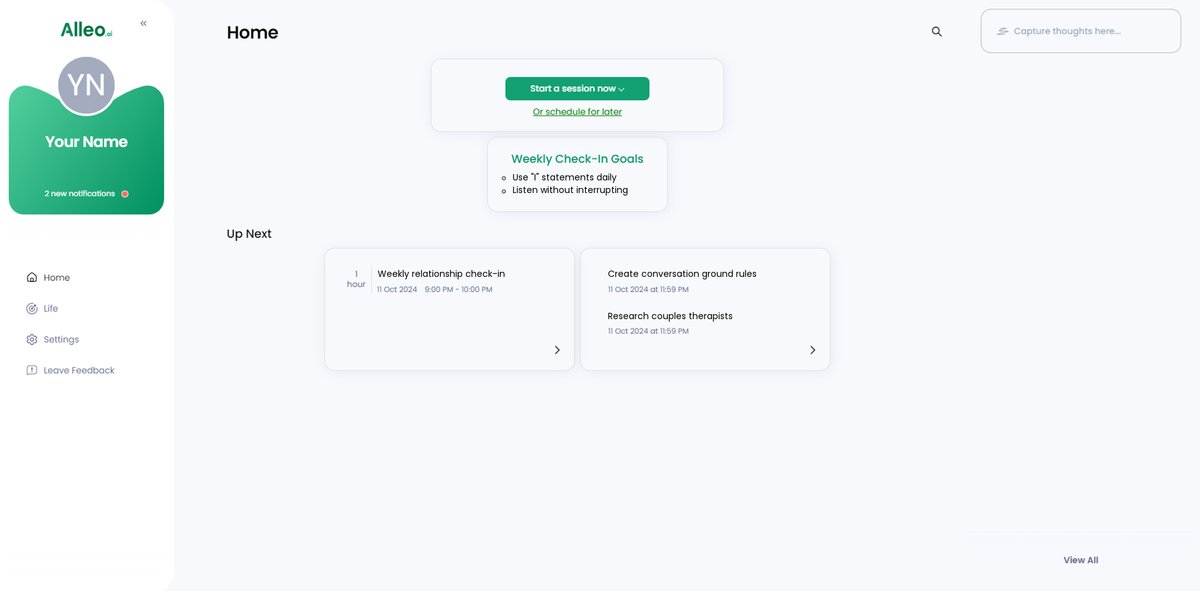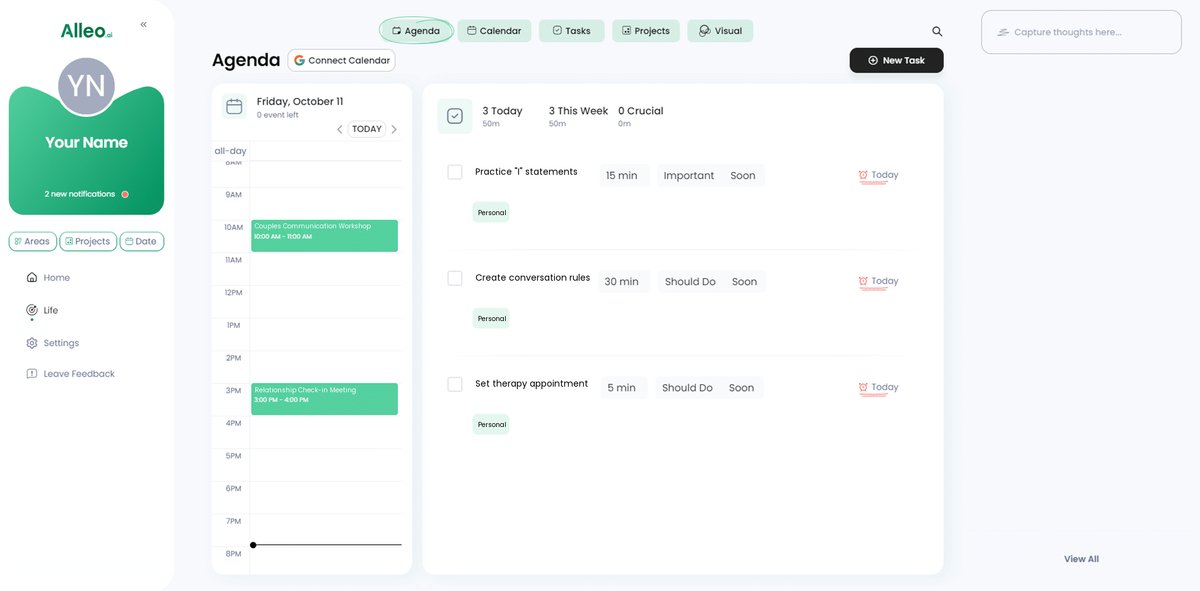6 Powerful Steps to Improve Communication with Your Defensive Partner
Are you feeling like every conversation turns into a battlefield with your partner? If so, you’re not alone in seeking ways to improve communication with a defensive partner.
As a life coach, I’ve helped many women navigate the complexities of communication in relationships. In my experience, understanding and addressing defensive behavior in relationships can transform interactions and build emotional intimacy.
In this article, you’ll discover practical strategies to improve communication with a defensive partner. We’ll cover effective communication techniques like using “I” statements, practicing active listening skills for couples, and more. These nonviolent communication methods can be powerful tools for conflict resolution and overcoming communication barriers.
Let’s dive in and explore how to improve communication with a defensive partner through assertiveness training for women and by understanding defensive personality traits.

Understanding the Emotional Toll of Defensive Communication
Many clients feel stuck when their partners react defensively, making it challenging to improve communication with defensive partners. This emotional barrier often leads to feeling unheard and invalidated, hindering effective communication techniques.
Imagine trying to express your needs, only to be met with resistance or anger, a common experience when dealing with defensive behavior in relationships.
In my experience, people often find themselves walking on eggshells, fearing another argument. This constant tension can erode trust and intimacy over time, making building emotional intimacy difficult.
It’s exhausting.
Several clients report this dynamic making them second-guess their words. They struggle to communicate effectively, leading to frustration and loneliness, highlighting the importance of active listening skills for couples.
If this resonates with you, remember you’re not alone in trying to improve communication with a defensive partner.
Addressing defensiveness is crucial for healthy communication. It opens the door to mutual understanding and connection, essential for overcoming communication barriers and implementing conflict resolution strategies.

Key Actions to Improve Communication with a Defensive Partner
Overcoming this challenge requires a few key steps. Here are the main areas to focus on to improve communication with a defensive partner and make progress:
- Use “I” statements to express feelings: Start sentences with “I feel” to avoid sounding accusatory, a crucial nonviolent communication method.
- Practice active listening without interrupting: Give your partner uninterrupted time to speak and show engagement, enhancing active listening skills for couples.
- Choose calm moments for important discussions: Plan to talk during neutral times to avoid heightened emotions, an effective communication technique for dealing with defensive behavior in relationships.
- Validate partner’s emotions before responding: Acknowledge their feelings without judgment, improving empathy in relationships.
- Set clear boundaries for respectful dialogue: Create and enforce conversation ground rules together, a key conflict resolution strategy.
- Suggest couples therapy for communication skills: Seek professional help to enhance your communication and overcome communication barriers.
Let’s dive in!
1: Use “I” statements to express feelings
Using “I” statements can significantly improve communication with a defensive partner by reducing perceived blame and fostering effective communication techniques.
Actionable Steps:
- Start sentences with “I feel” to express your emotions. For example, instead of saying “You never listen,” try “I feel unheard when we talk.” This is a key strategy for dealing with defensive behavior in relationships.
- Practice this technique in low-stakes conversations to build the habit. Use “I” statements in everyday discussions to make them a natural part of your communication style, helping to build emotional intimacy.
- Reflect on your feelings before the conversation to articulate them clearly. Journaling or using an emotion wheel can help you identify and express your emotions accurately, which is crucial for improving empathy in relationships.
Explanation:
These steps matter because they shift the focus from blaming to expressing personal feelings, which minimizes defensiveness. Practicing “I” statements can help create a more supportive environment and improve mutual understanding, essential for overcoming communication barriers.
According to research from Lissy Abrahams, using “I” statements is a key strategy in reducing conflict and fostering empathy in relationships.
Implementing “I” statements can be a game-changer in how you and your partner communicate, serving as an effective conflict resolution strategy.

2: Practice active listening without interrupting
Active listening is essential for reducing defensiveness and fostering understanding in your conversations, especially when you want to improve communication with a defensive partner.
Actionable Steps:
- Set a timer for each partner to speak without interruptions. Use a 3-minute timer to ensure both partners get equal time to share, promoting effective communication techniques.
- Summarize what your partner said before responding. Say, “I hear you saying that you feel overwhelmed when I ask about your day,” demonstrating active listening skills for couples.
- Nod and maintain eye contact to show you are engaged. Simple non-verbal cues affirm your partner’s feelings and encourage open dialogue, helping in dealing with defensive behavior in relationships.
Explanation:
These steps matter because they help create a safe space for honest communication. By actively listening, you show respect and empathy, which can reduce defensive reactions and build emotional intimacy.
According to research from Lissy Abrahams, active listening is a key strategy to improve relationships and build trust, serving as an effective conflict resolution strategy.
Implementing active listening can transform how you and your partner communicate, paving the way for a healthier relationship and improving empathy in relationships.

3: Choose calm moments for important discussions
Choosing calm moments for important discussions is vital to improve communication with defensive partners and avoid heightened emotions, ensuring productive conversations.
Actionable Steps:
- Schedule a weekly check-in during a neutral time. Plan discussions during activities like a walk or over a relaxed dinner to build emotional intimacy.
- Avoid initiating important conversations during stressful times. Steer clear of bringing up issues immediately after work or late at night, which can trigger defensive behavior in relationships.
- Agree on a signal to pause and resume the discussion if emotions run high. Use a code word or gesture to indicate the need for a break, employing effective communication techniques.
Key benefits of choosing calm moments include:
- Reduced emotional reactivity
- Increased clarity of thought
- Greater likelihood of reaching resolutions through conflict resolution strategies
Explanation:
These steps matter because discussing important issues when both partners are calm increases the chances of a constructive dialogue and helps in overcoming communication barriers.
By scheduling discussions during less stressful times, you minimize the risk of emotional escalation and can practice active listening skills for couples.
According to research on intimacy, timing can significantly impact the effectiveness of communication in relationships and help in understanding defensive personality traits.
Implementing these strategies can help create a more supportive environment for both partners and improve communication with defensive partners through nonviolent communication methods.

4: Validate partner’s emotions before responding
Validating your partner’s emotions can significantly reduce defensiveness and improve communication with a defensive partner.
Actionable Steps:
- Acknowledge your partner’s feelings without judgment. For example, say, “I understand that you’re feeling frustrated right now,” demonstrating effective communication techniques.
- Ask open-ended questions to explore their emotions further, enhancing active listening skills for couples. You might say, “Can you tell me more about what’s bothering you?”
- Repeat their concerns to show you are listening, a key strategy for dealing with defensive behavior in relationships. For instance, “So, you feel stressed when we discuss finances, is that right?”
Explanation:
These steps matter because they show empathy and create a supportive environment for open dialogue, helping to improve communication with a defensive partner.
By validating emotions, you can reduce defensive reactions and foster mutual understanding, which is crucial for building emotional intimacy.
According to research from Michigan State University, acknowledging emotions is crucial for building intimacy and trust in relationships, supporting the importance of understanding defensive personality traits.
Validating emotions can be a powerful tool to enhance relationship communication and overcome communication barriers.

5: Set clear boundaries for respectful dialogue
Setting clear boundaries for respectful dialogue is essential to improve communication with defensive partners and ensure both partners feel safe and heard during conversations.
Actionable Steps:
- Create a list of ‘conversation ground rules’ together. Decide on guidelines such as no name-calling, shouting, or interrupting, which are key conflict resolution strategies.
- Establish a ‘safe word’ to pause the discussion if it gets too heated. Choose a neutral word like “time-out” to signal a break, helping in dealing with defensive behavior in relationships.
Explanation:
These steps matter because they help maintain a respectful environment, reducing the chance of conflict escalation and improving empathy in relationships.
According to research from Lissy Abrahams, setting clear boundaries is crucial for fostering healthy communication and mutual respect, which are effective communication techniques for couples.
Creating these boundaries will help you and your partner navigate difficult conversations more effectively, building emotional intimacy and overcoming communication barriers.

6: Suggest couples therapy for communication skills
Couples therapy can be instrumental in helping improve communication with a defensive partner and addressing defensiveness in relationships.
Actionable Steps:
- Research and select a therapist together. Use online directories to find a therapist specializing in effective communication techniques and dealing with defensive behavior in relationships.
- Set specific goals for therapy sessions. Aim to improve understanding, reduce defensive reactions, and build emotional intimacy.
- Commit to attending sessions regularly. Schedule and prioritize therapy appointments like any other important commitment to work on improving communication with your defensive partner.
Benefits of couples therapy include:
- Professional guidance tailored to your relationship
- Learning new communication techniques and active listening skills for couples
- A neutral space to address issues and practice conflict resolution strategies
Explanation:
These steps matter because professional guidance can offer unbiased insights and strategies. Therapy helps couples develop skills to communicate more effectively and empathetically, which is crucial when trying to improve communication with a defensive partner.
According to NCATS, regular therapy can significantly improve relationship dynamics by fostering open dialogue and reducing misunderstandings, essential for overcoming communication barriers.
Seeking couples therapy can be a transformative step towards a healthier and more fulfilling relationship, especially when dealing with defensive behavior in relationships and improving empathy.

Transform Your Relationship with Alleo
We’ve explored the challenges of improving communication with a defensive partner, and how essential it is for a healthy relationship. But did you know you can work directly with Alleo to make this journey easier and faster?
Alleo provides personalized coaching support to help you navigate these complexities and improve communication with a defensive partner. Setting up an account is simple.
Begin by creating a personalized plan that targets your specific communication challenges and focuses on effective communication techniques.
With Alleo, you’ll receive full coaching sessions tailored to your needs, including strategies for dealing with defensive behavior in relationships. The AI coach follows up on your progress, handles any changes, and keeps you accountable via text and push notifications, helping you build emotional intimacy and develop active listening skills for couples.
Ready to get started for free and learn conflict resolution strategies?
Let me show you how to improve communication with a defensive partner!
Step 1: Log In or Create Your Account
To start your journey towards better communication with your partner, log in to your existing Alleo account or create a new one to access personalized coaching tailored to your relationship needs.

Step 2: Choose “Improving overall well-being and life satisfaction” as your goal
Select “Improving overall well-being and life satisfaction” to address the root causes of defensiveness in your relationship, as enhancing your overall happiness can lead to more positive and open communication with your partner.

Step 3: Select “Personal” as Your Focus Area
Choose “Personal” as your life area to address communication challenges with your defensive partner, as this focuses on improving your interpersonal skills and emotional intelligence, which are crucial for enhancing relationship dynamics.

Step 4: Starting a Coaching Session
Begin your journey with Alleo by scheduling an intake session, where you’ll discuss your communication challenges and set up a personalized plan to improve your relationship dynamics.

Step 5: Viewing and managing goals after the session
After your coaching session, open the Alleo app to view and manage the communication goals you discussed, which will be displayed on the home page for easy access and tracking.

Step 6: Adding events to your calendar or app
Track your progress in improving communication with your defensive partner by using the calendar and task features in the Alleo app to schedule important conversations, therapy sessions, and practice times for new communication techniques.

Bringing It All Together: Your Path to Better Communication
Improving communication with a defensive partner takes effort but is absolutely achievable. By using “I” statements, practicing active listening skills for couples, and choosing calm moments for discussions, you can make significant progress in dealing with defensive behavior in relationships.
Remember to validate your partner’s emotions and set clear boundaries for respectful dialogue. Couples therapy can also be a valuable resource for enhancing your communication skills and building emotional intimacy.
You’ve got this.
I know it’s not easy, but small steps can lead to big changes in overcoming communication barriers.
And don’t forget, Alleo is here to help. With personalized coaching and support, you can transform your relationship and improve communication with your defensive partner.
Give it a try, and see how Alleo can make a difference in developing effective communication techniques.